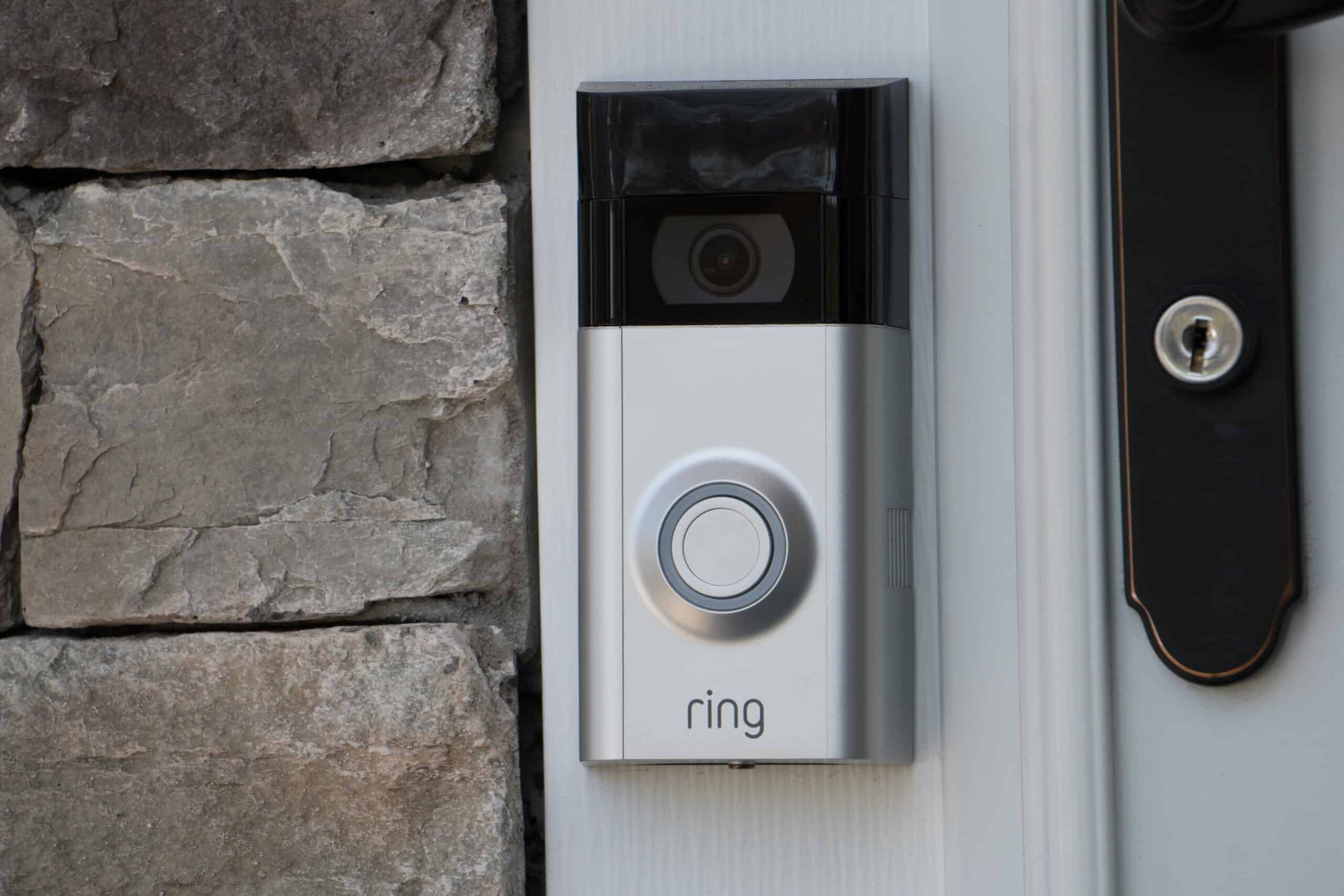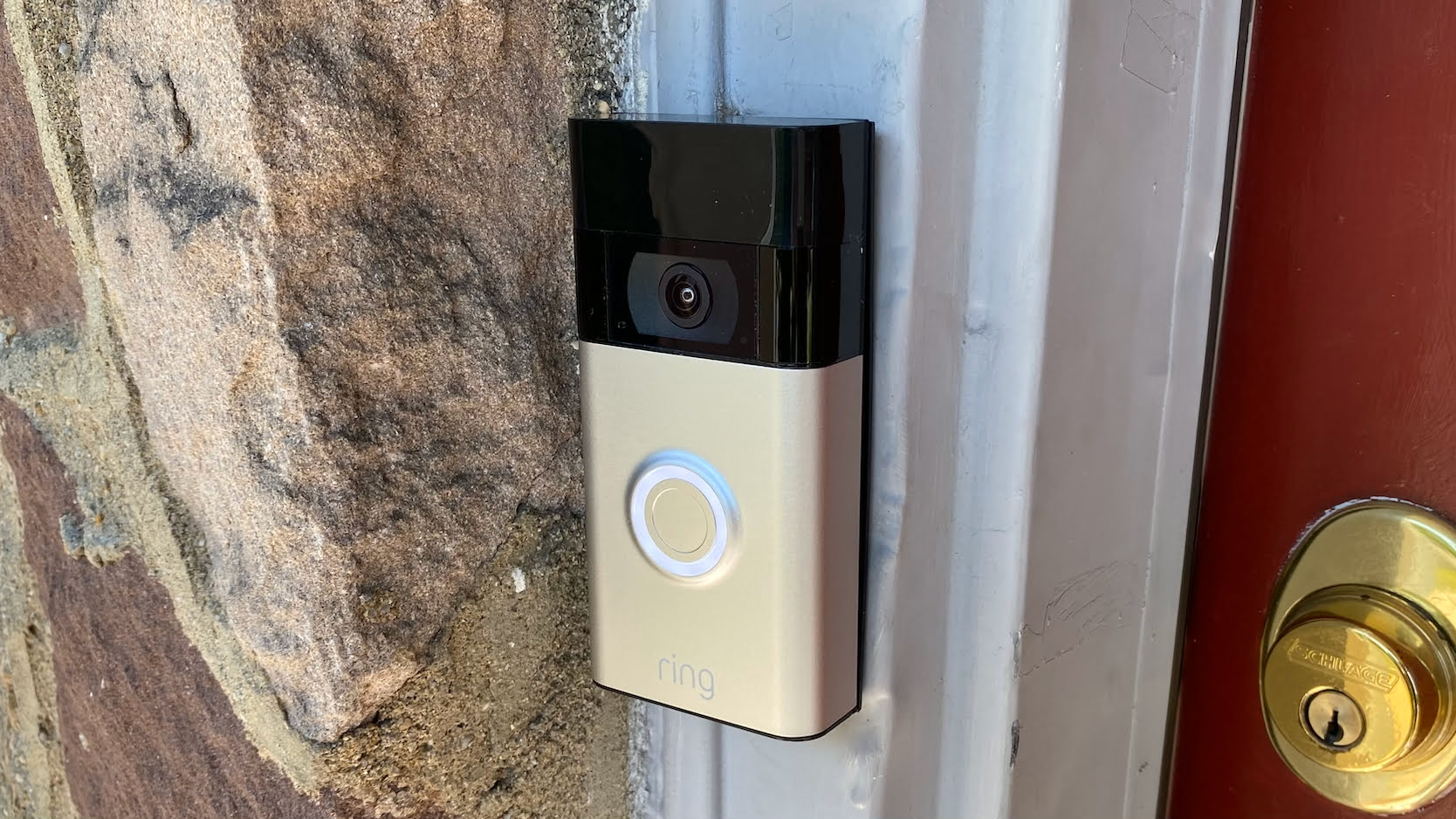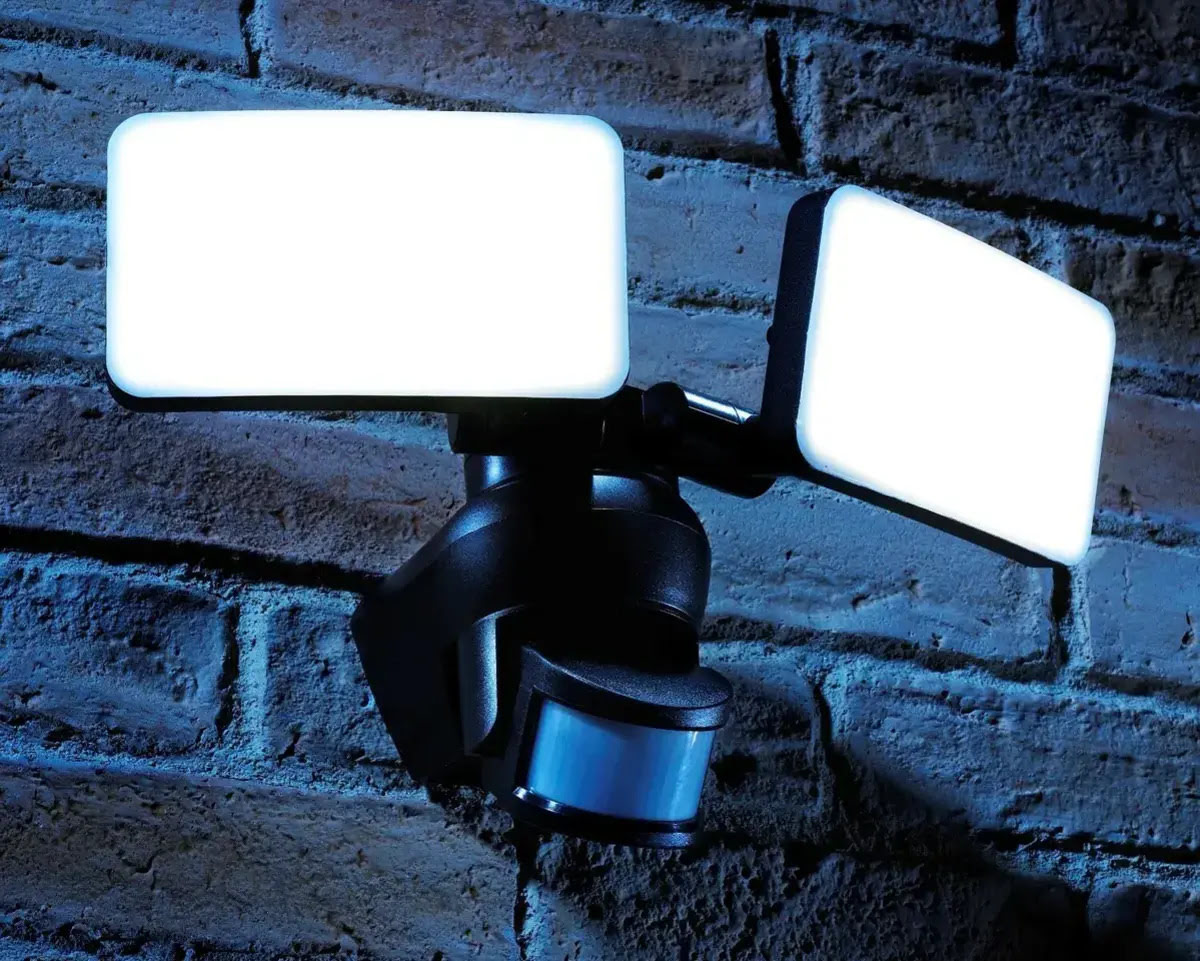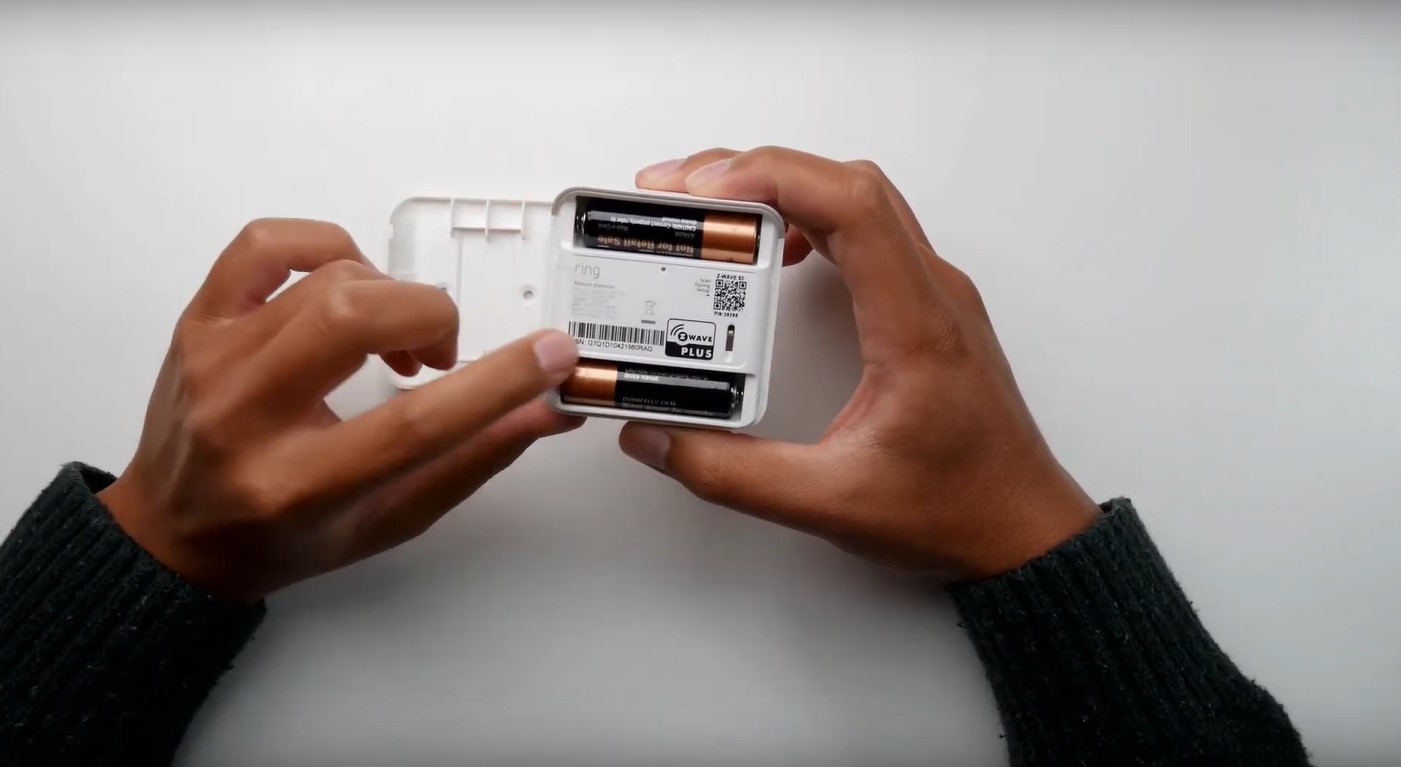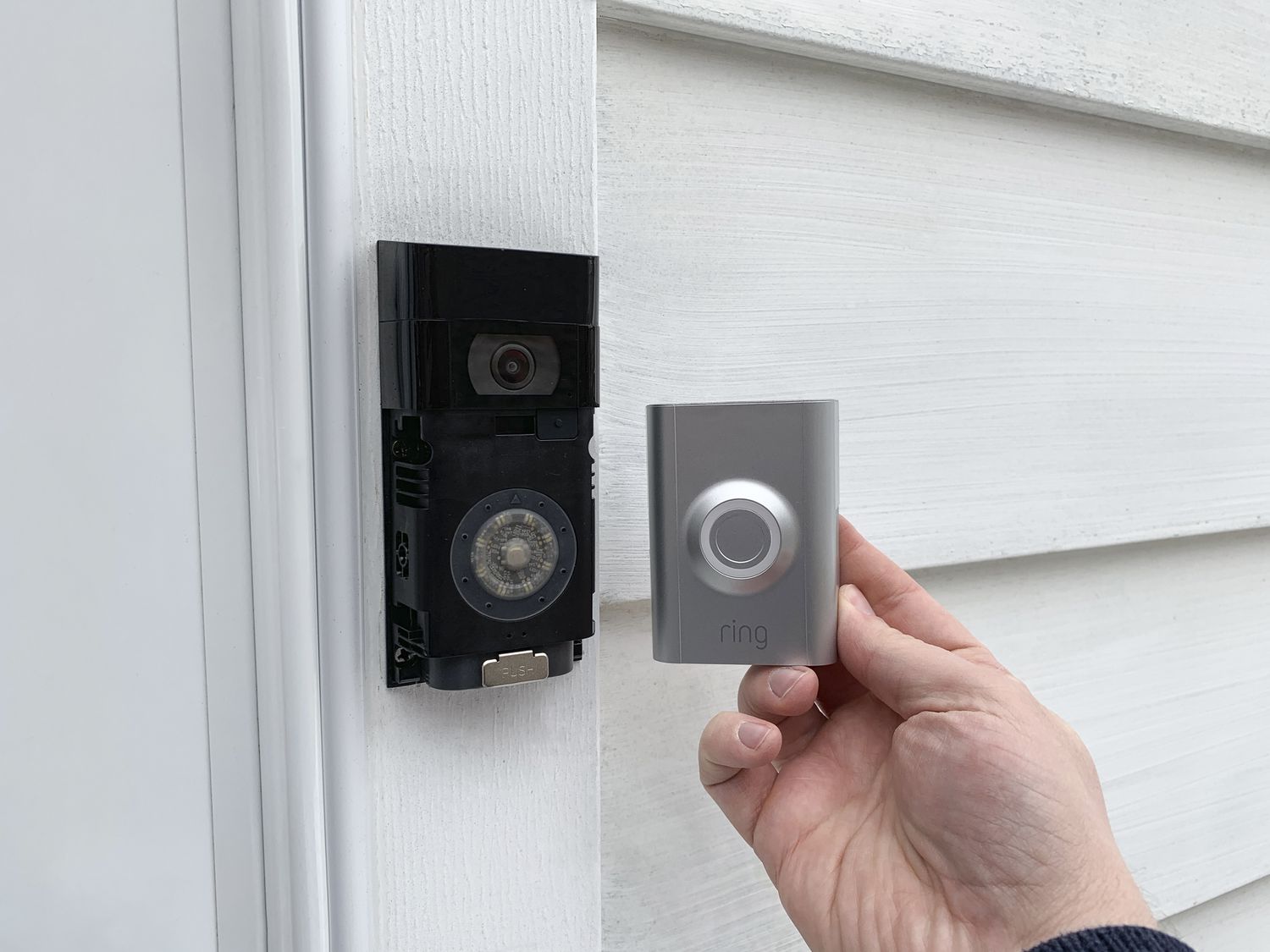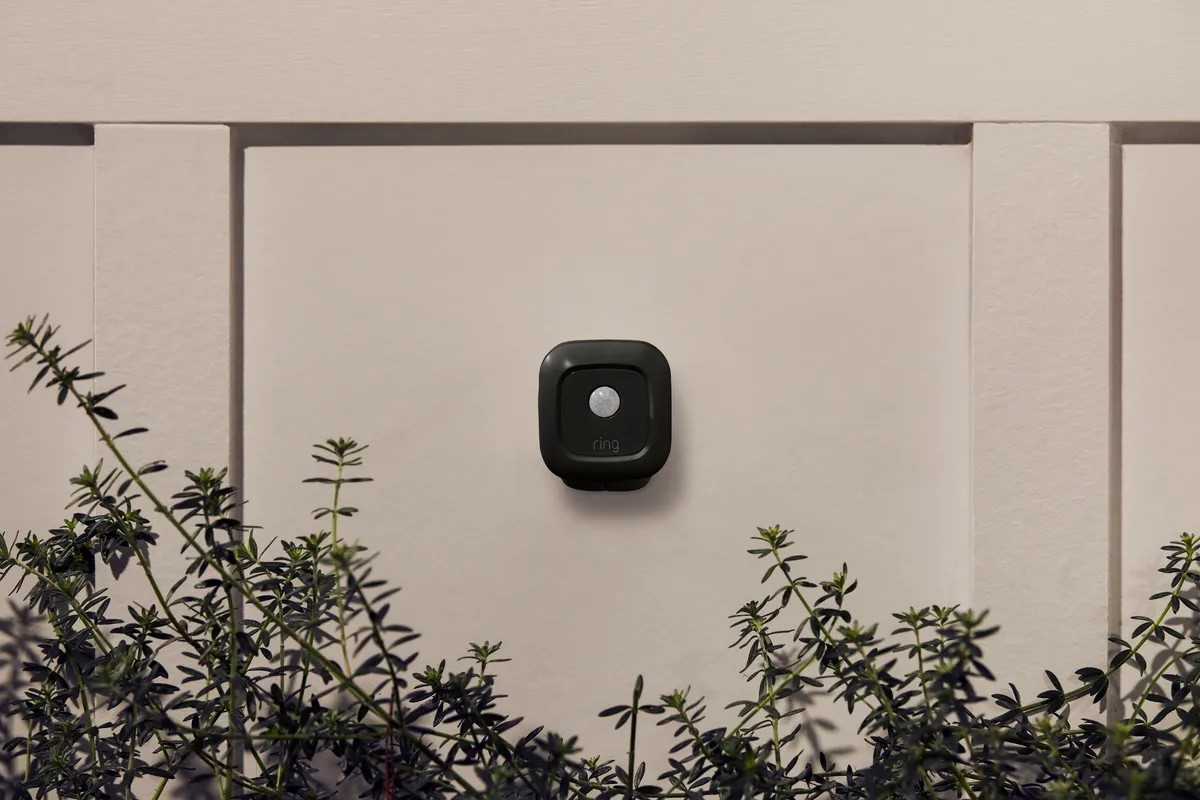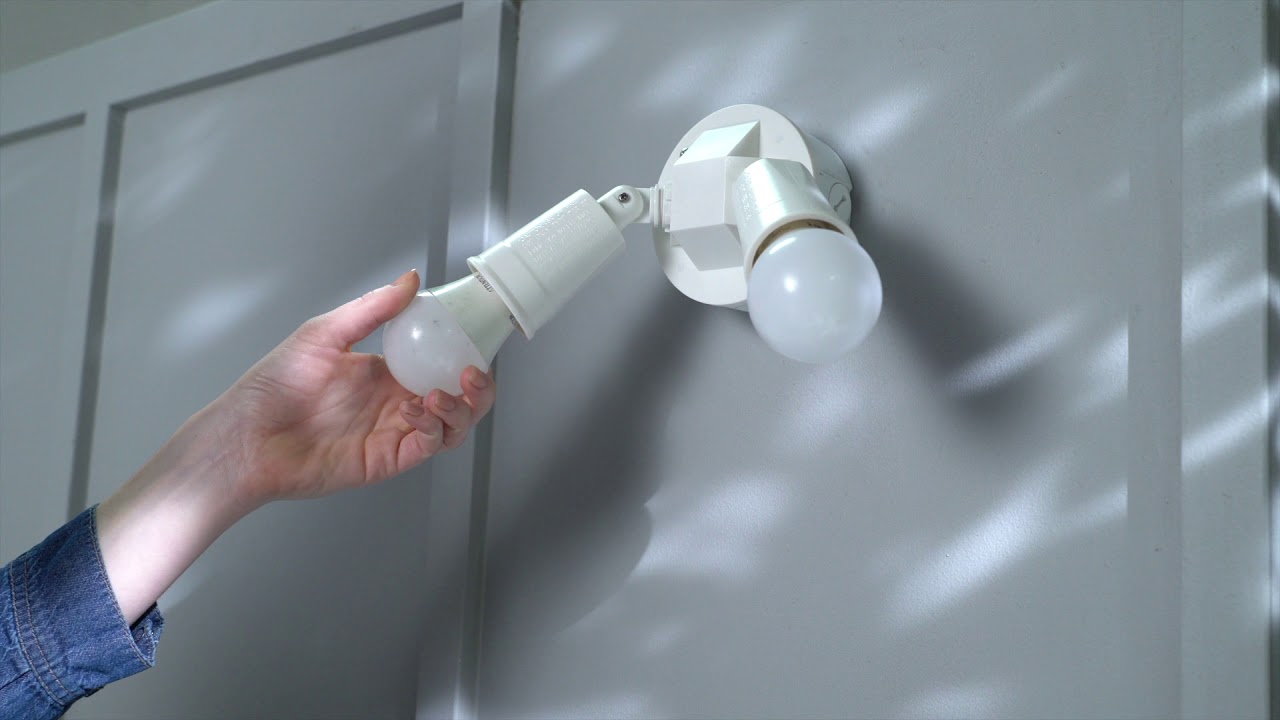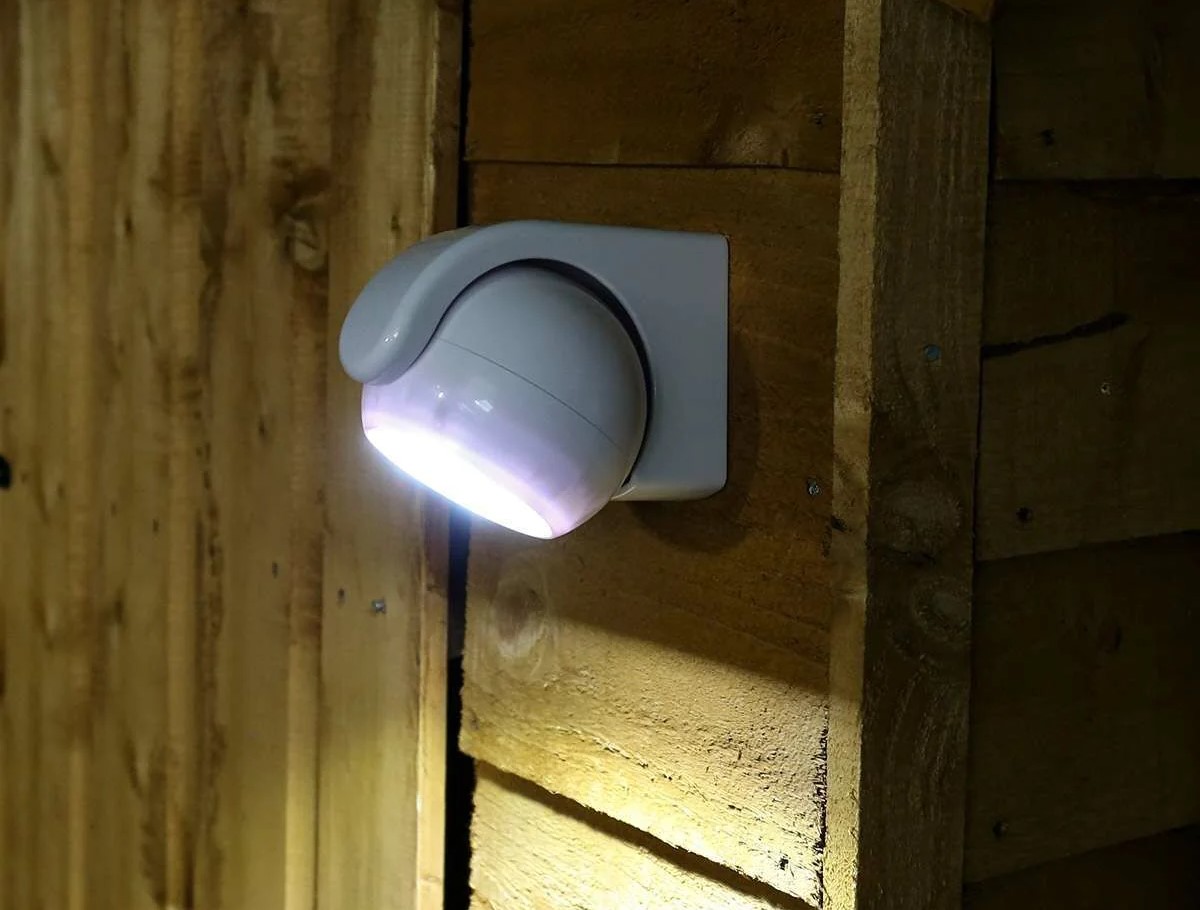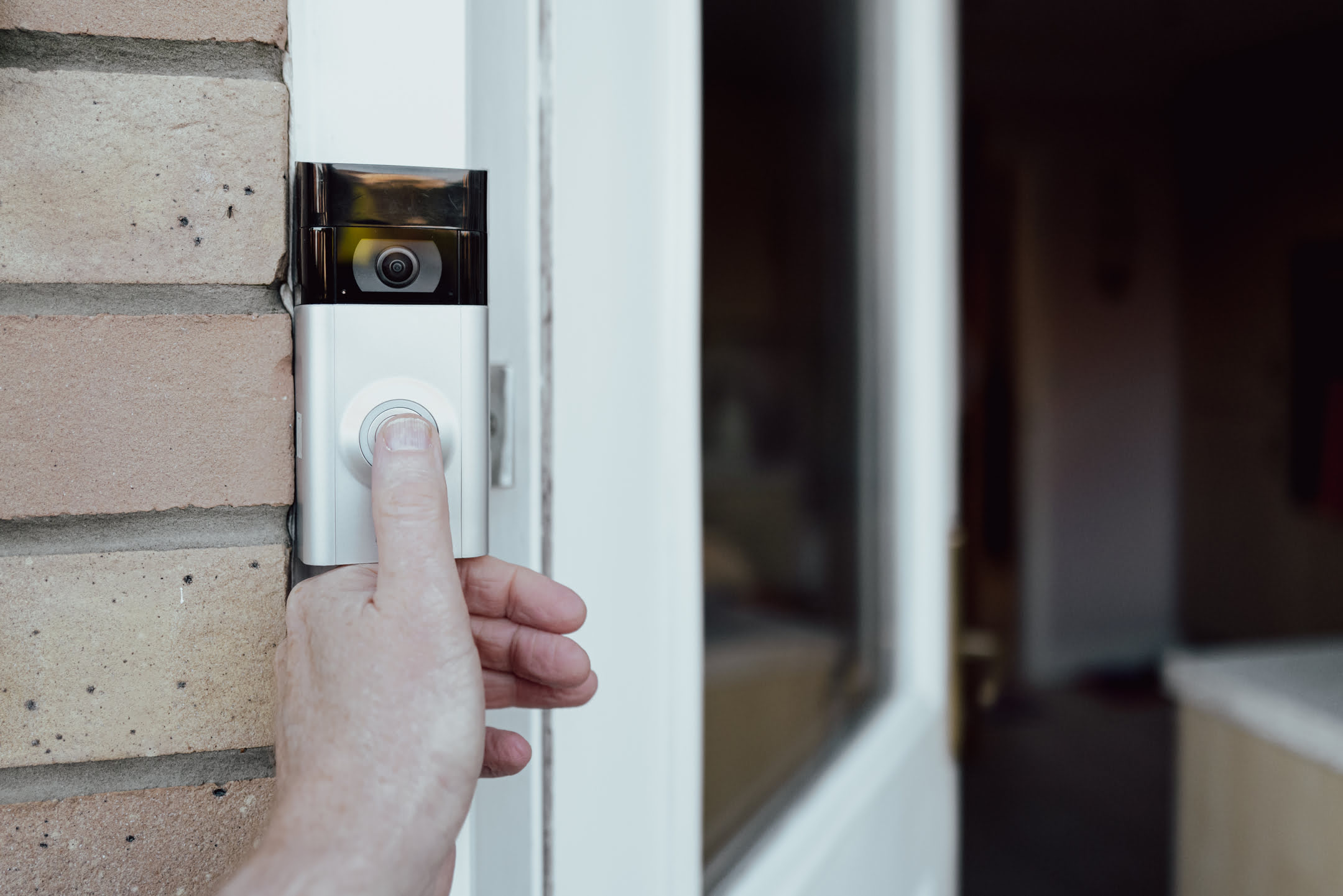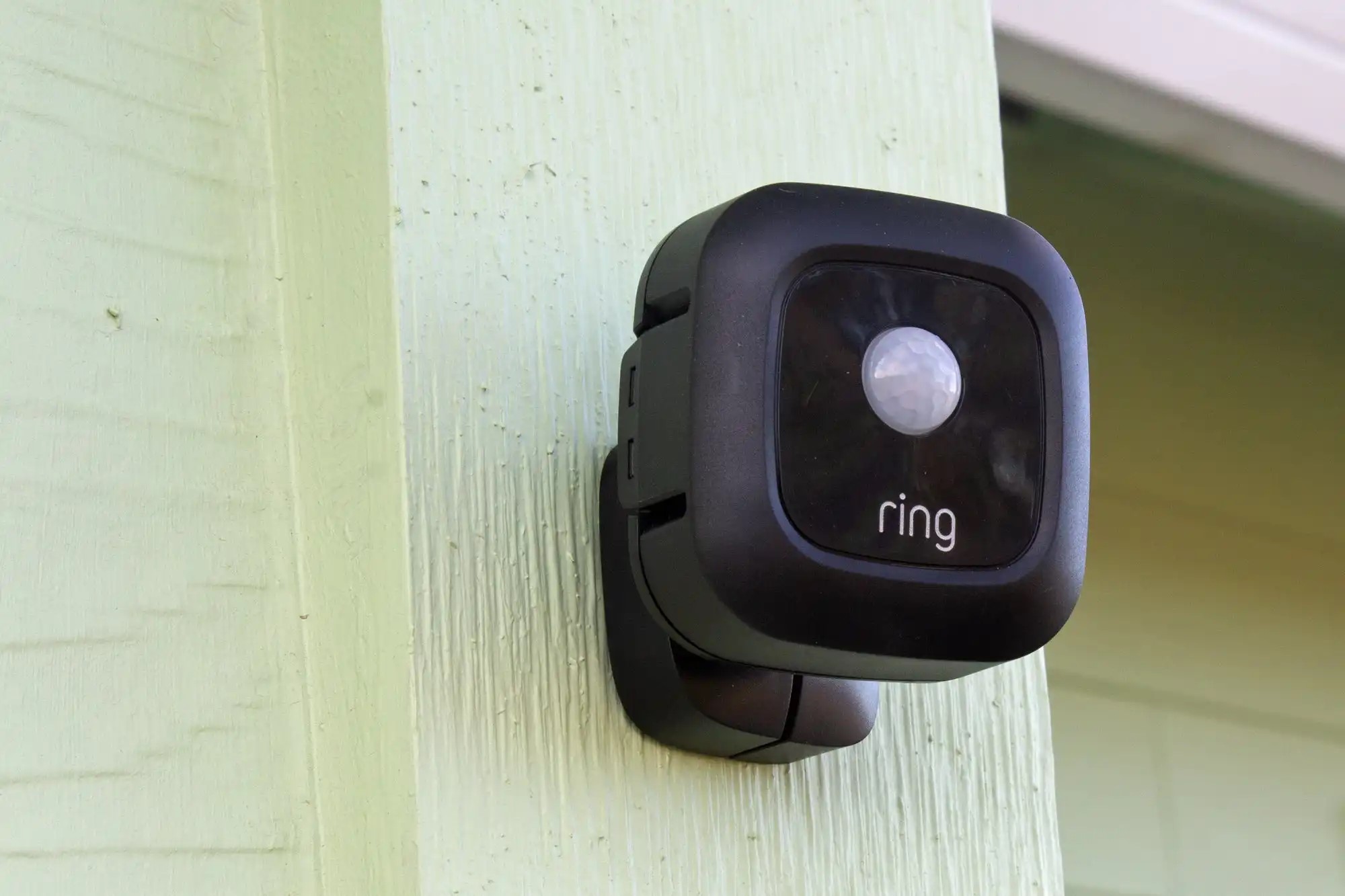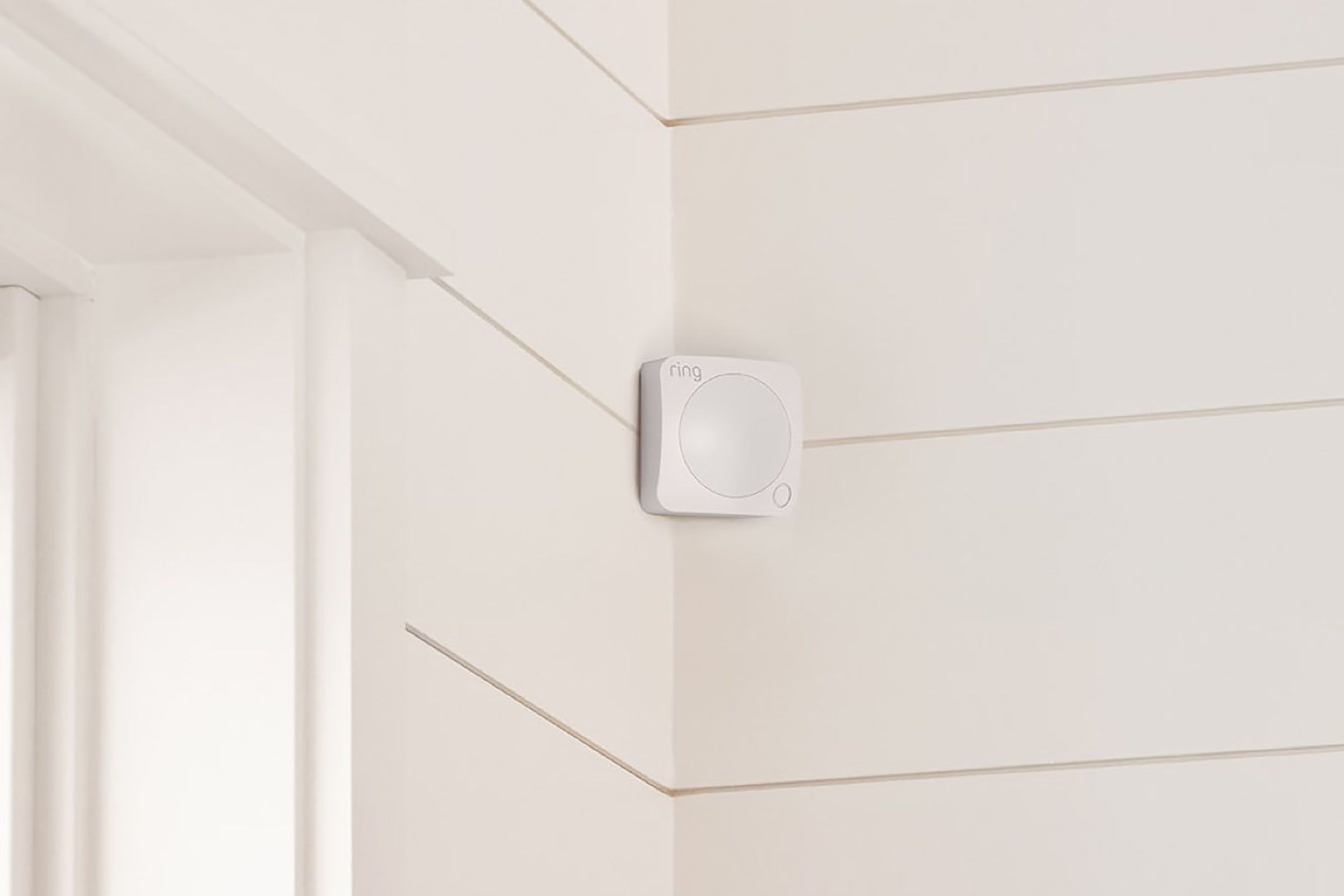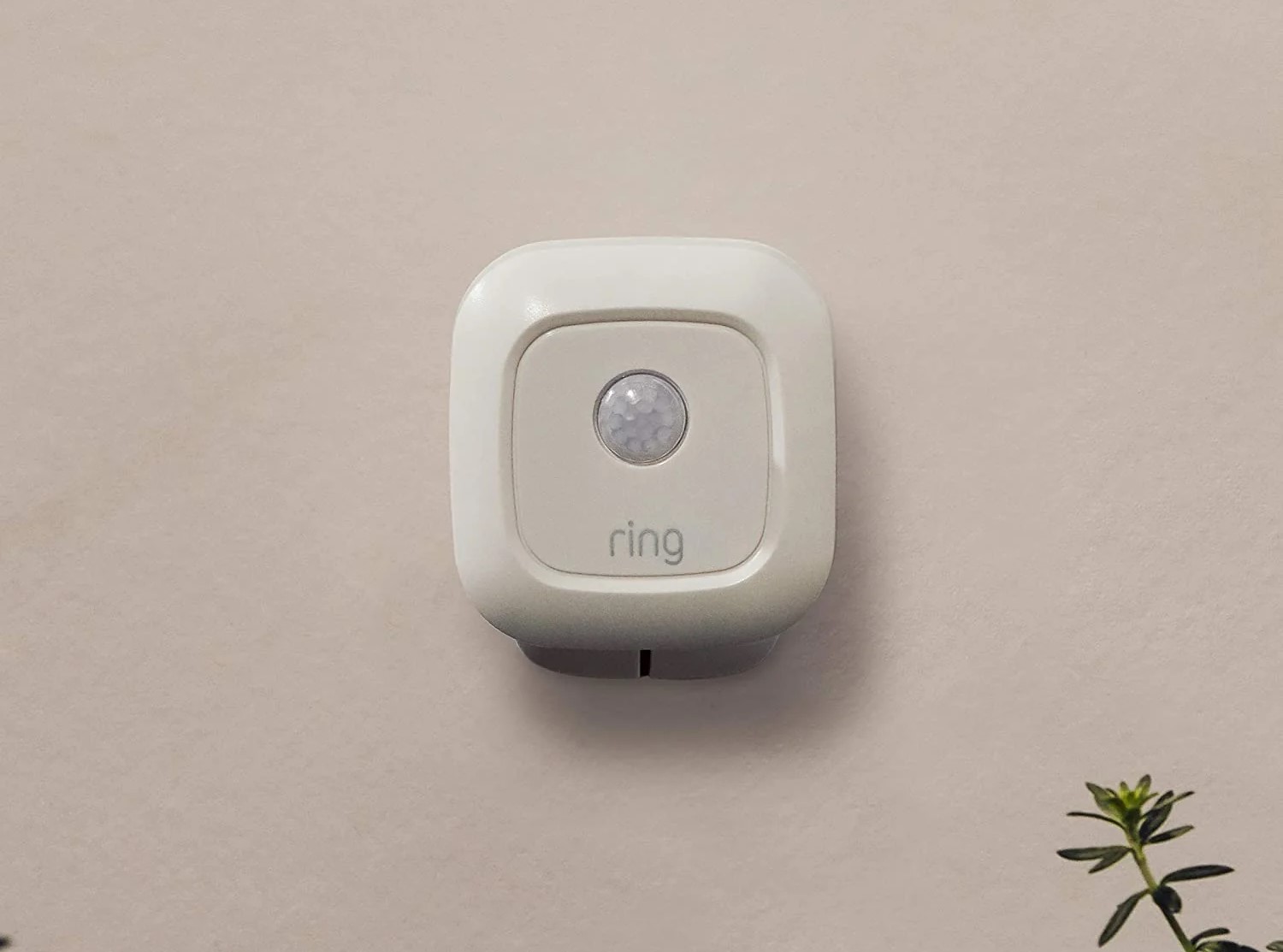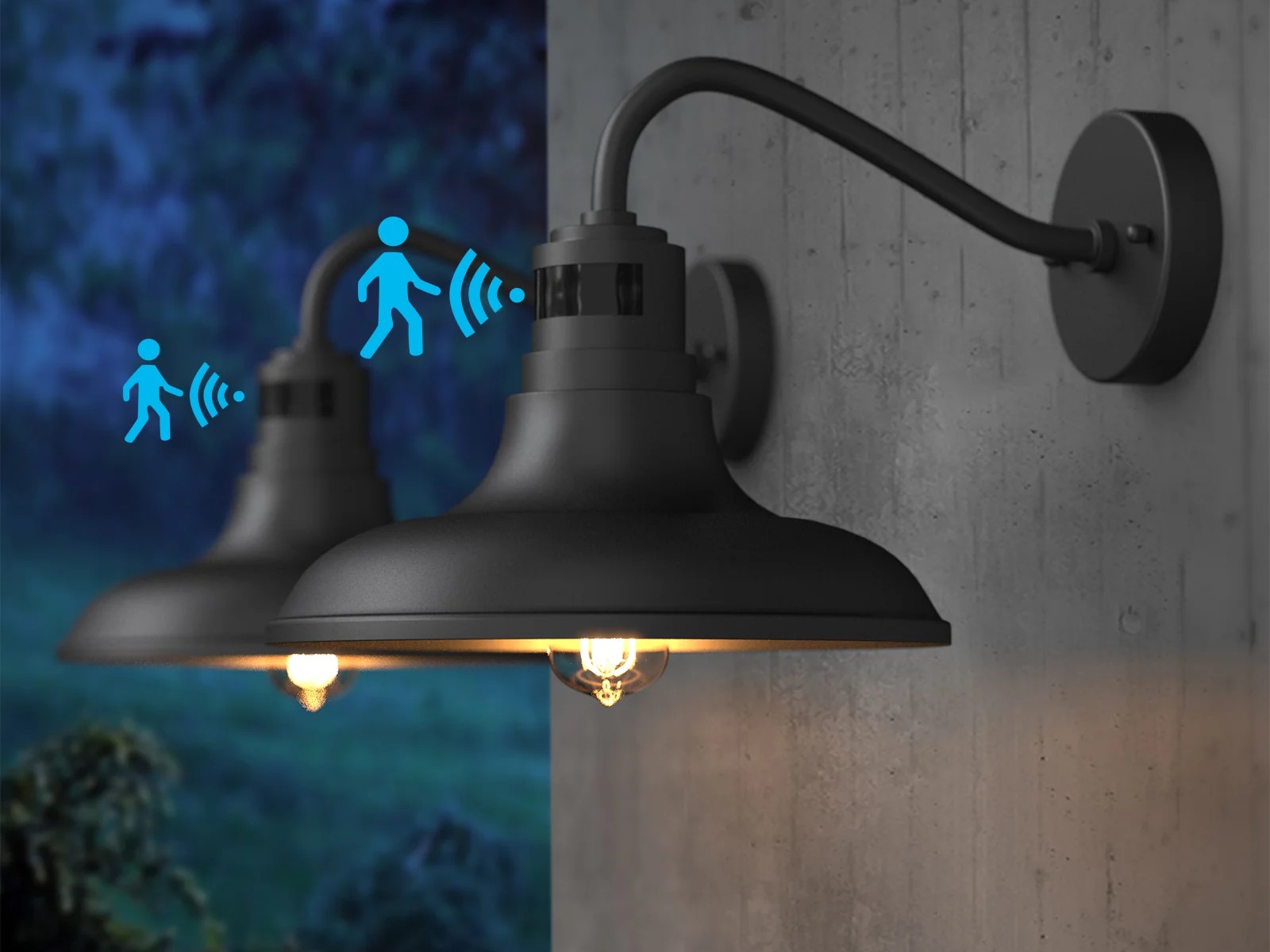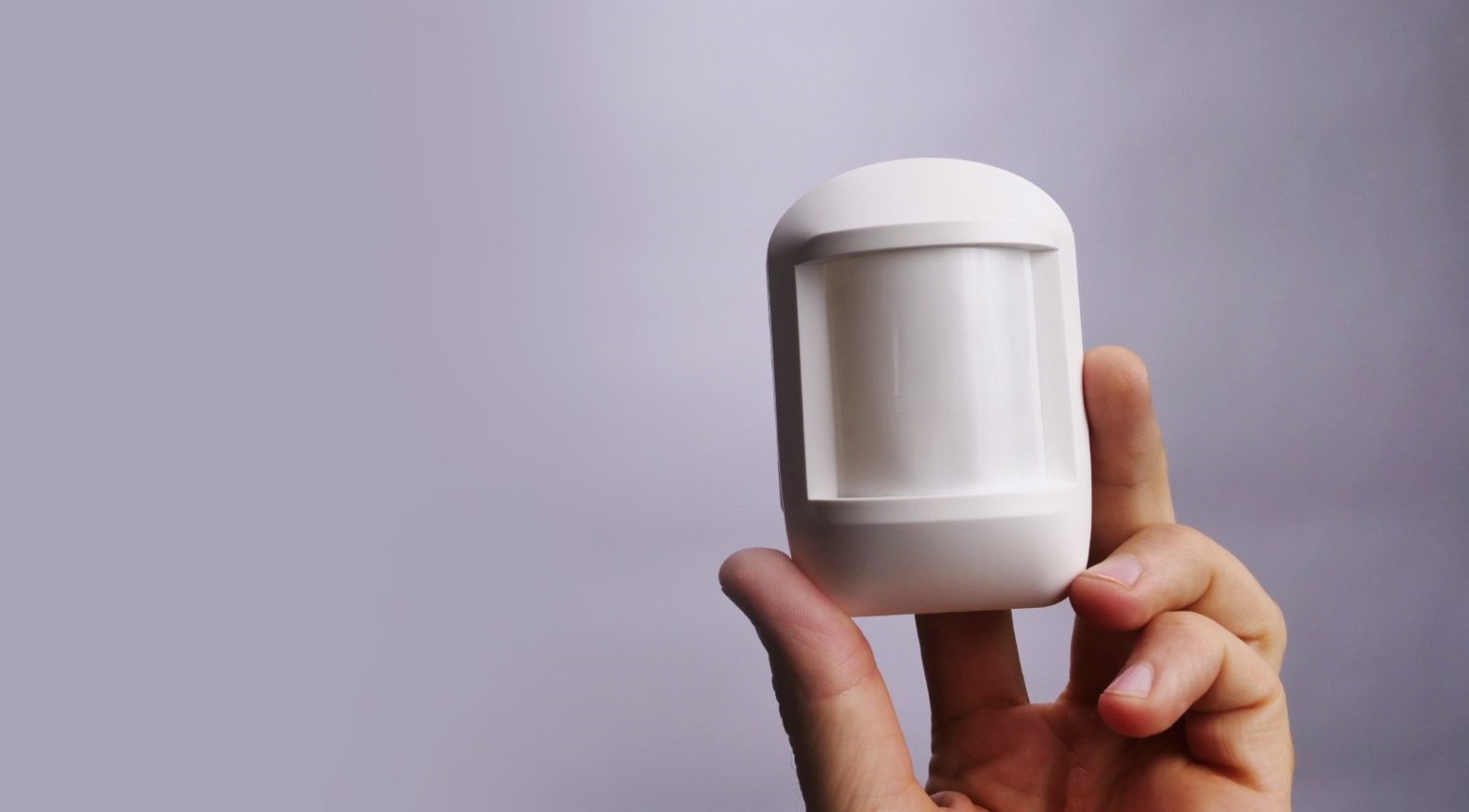Home>Home Security and Surveillance>Why Is There A Delay In My Ring Motion Detector
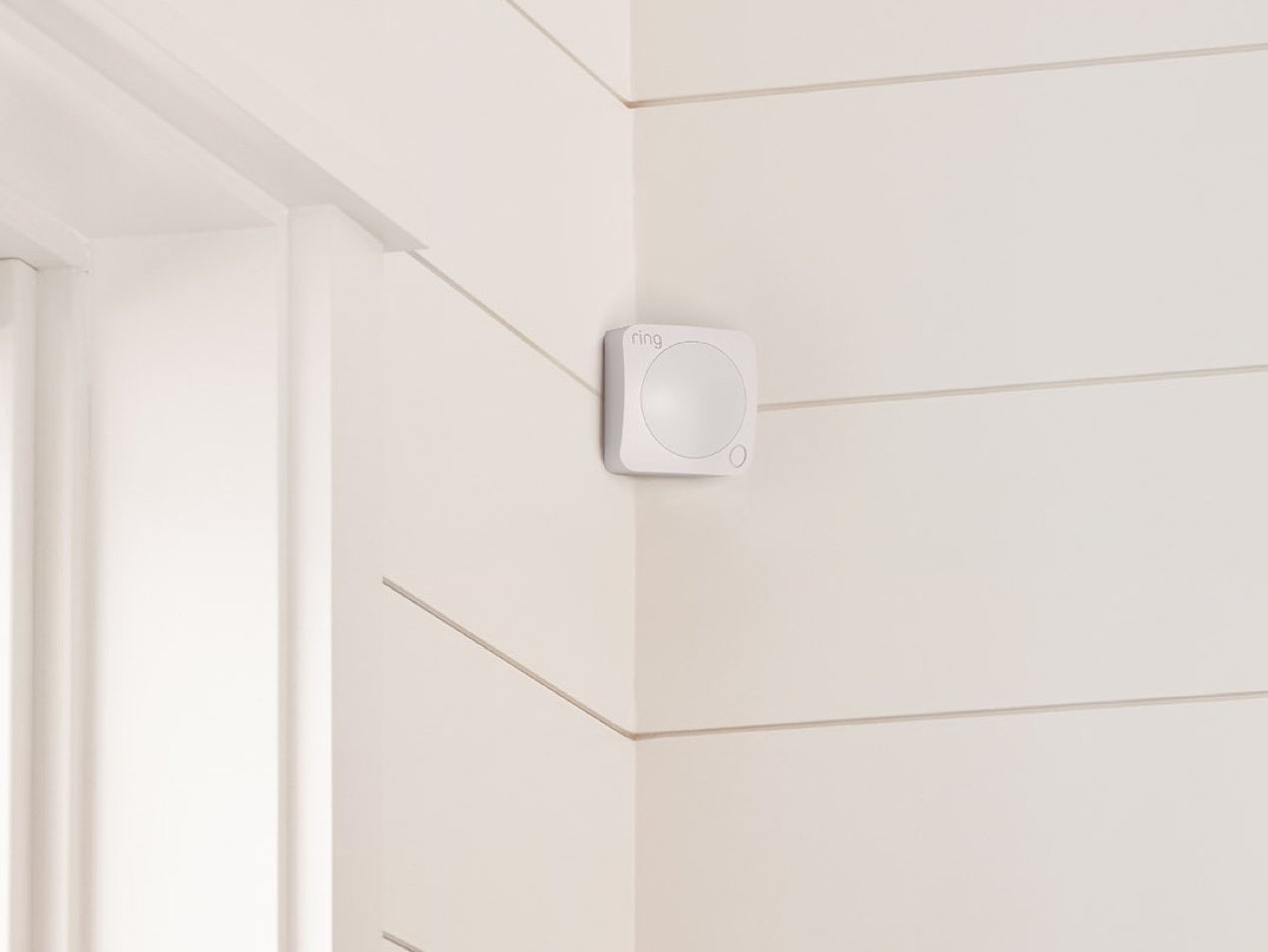

Home Security and Surveillance
Why Is There A Delay In My Ring Motion Detector
Modified: May 6, 2024
Learn the reasons behind the delay in your Ring motion detector and how it affects your home security and surveillance. Find solutions to improve the performance and reliability of your system.
(Many of the links in this article redirect to a specific reviewed product. Your purchase of these products through affiliate links helps to generate commission for Storables.com, at no extra cost. Learn more)
Introduction
When it comes to home security and surveillance, motion detectors are one of the most essential components. These devices play a crucial role in detecting any movement or activity within their range, promptly alerting homeowners to potential threats. However, there are instances when homeowners may experience a delay in the response of their motion detectors, which can be frustrating and raise concerns about the effectiveness of their security system.
In this article, we will explore the common reasons behind the delay in motion detectors and provide insights on how to troubleshoot and resolve these issues. Understanding the causes will help you make informed decisions about optimizing and enhancing the effectiveness of your home security system.
Whether you have a Ring motion detector, a security camera with a built-in motion sensor, or any other type of motion detection device, the information shared here will be valuable to you. Let’s dive in and uncover the reasons behind these delays and find effective solutions.
Key Takeaways:
- Troubleshoot motion detector delays by checking battery life, minimizing interference, and adjusting range and sensitivity settings for optimal performance.
- Keep your home security system effective by regularly updating motion detector firmware and addressing placement, range, and power source issues.
Understanding Motion Detectors
To comprehend the causes of delays in motion detector response, it’s crucial to have a basic understanding of how these devices work. Motion detectors, also known as motion sensors, are designed to detect movement within a designated area. They typically use various technologies, such as infrared, microwave, or ultrasonic sensors, to detect changes in the environment and trigger an alarm or notification.
When motion is detected, the sensor sends a signal to a control panel or a connected device, such as a smartphone, to alert the homeowner of the activity. This prompt response is crucial for ensuring the safety and security of your home.
There are different types of motion detectors available, including passive infrared (PIR) sensors, which detect changes in heat signatures, and active infrared (AIR) sensors, which emit and receive infrared beams to detect motion. It’s important to note that the principles discussed in this article apply to most types of motion detectors, even if the specific technology may vary.
A motion sensor works by continuously monitoring its surroundings for any sign of movement. When it detects such movement, it should trigger an immediate response. However, there are several factors that can cause delays in the detection and response time of motion detectors.
Let’s explore some of the common reasons behind these delays and gain a deeper understanding of the issues at hand.
Common Reasons for Delay
There are several factors that can contribute to a delay in the response of motion detectors. Understanding these reasons will help you identify the source of the issue and take appropriate measures to rectify it. Here are some common causes of delays:
- Interference Issues: Motion detectors can be affected by interference from other electronic devices or objects within the detection range. This can include Wi-Fi routers, cordless phones, or even reflective surfaces that bounce back the sensor’s signals. Such interference can disrupt the proper functioning of the motion detector and cause delays in its response.
- Placement and Range: The placement and range of the motion detector play a crucial role in its performance. If the detector is positioned incorrectly or if its range is not adjusted properly, it may struggle to detect motion effectively. This can result in delayed responses or even missed detections.
- Battery Life and Power Source: Motion detectors are typically battery-powered. If the batteries are low or nearing the end of their lifespan, it can lead to inconsistent performance and delays in detection. Additionally, if the motion detector is not receiving adequate power supply or if there are issues with the power source, it can affect its responsiveness.
- Device Firmware and Updates: Motion detectors, like any other electronic device, require firmware updates to ensure optimal performance. Outdated firmware or the absence of necessary updates can lead to delays in response time. Regularly checking for firmware updates and applying them can help address this issue.
These are just a few common reasons for delays in motion detectors’ response time. It’s important to assess these factors and troubleshoot accordingly to ensure the smooth functioning and effectiveness of your home security system. In the next sections, we will discuss potential solutions and troubleshooting tips to resolve these issues.
Interference Issues
Interference from other electronic devices or objects can significantly impact the performance of motion detectors. Here are a few key points to consider:
- Electronic Devices: Wi-Fi routers, cordless phones, and other wireless electronic devices operating on similar frequencies can interfere with the signals of motion detectors. The overlapping frequency ranges can disrupt the detector’s ability to accurately detect motion, leading to delays in response. To mitigate this issue, ensure that the motion detector and such devices are placed at a sufficient distance from each other.
- Reflective Surfaces: Motion detectors emit signals, which bounce off objects and return to the sensor. In some cases, highly reflective surfaces, such as glass or mirrors, can cause these signals to bounce off in unintended directions, leading to inaccurate detection or missed detections. To avoid this, consider adjusting the motion detector’s positioning or using curtains or blinds to minimize reflections.
- Environmental Factors: Certain environmental conditions can also cause interference. For instance, heavy rain, snow, or thick fog can obstruct the signals emitted by the motion detector, affecting its ability to detect motion accurately. Additionally, strong sunlight or excessive heat can also impact the detector’s performance. Consider adjusting the range or sensitivity of the motion detector to account for these environmental factors.
If you suspect interference as the cause of delay in your motion detector, here are some steps you can take to minimize its impact:
- Ensure that the motion detector is placed away from electronic devices that can interfere with its signals.
- Minimize the presence of highly reflective surfaces within the detection range of the motion detector.
- Adjust the positioning and angle of the motion detector to minimize the impact of environmental factors.
- Consider using motion detectors with dual technology, such as combining infrared and microwave sensors, as they are less prone to interference.
- If possible, change the channel settings on wireless devices or adjust the frequency on the motion detector to minimize interference.
By addressing interference issues, you can improve the accuracy and responsiveness of your motion detector, ensuring reliable home security and surveillance.
Placement and Range
The placement and range of your motion detector play a crucial role in its performance and the timely detection of motion. Here are a few factors to consider:
- Ideal Placement: It’s important to position the motion detector in areas that provide optimal coverage. Consider placing it in a central location that offers a clear line of sight to the areas you want to monitor. Avoid placing it near corners or objects that can obstruct its field of view.
- Height and Angle: The height and angle at which the motion detector is mounted can significantly impact its range and effectiveness. Mount it at a suitable height, usually between 6 to 8 feet above the ground, and aim it slightly downward to cover the desired area. Experiment with different angles to achieve the best results.
- Obstacles: Obstacles in the detection area, such as furniture, plants, or curtains, can obstruct the motion detector’s view and interfere with its performance. Ensure that there are no obstructions blocking the sensor’s field of view. Make adjustments to the position or remove any obstacles that may hinder its functionality.
- Range Adjustment: Most motion detectors allow you to adjust the range or sensitivity settings. If you’re experiencing delays or missed detections, consider adjusting these settings to fine-tune the detector’s performance. Decreasing the range may help prevent false alarms, while increasing it can expand the coverage area.
By carefully considering the placement and range of your motion detector, you can optimize its performance and minimize delays in motion detection. Regularly evaluate and adjust these factors to ensure that the detector is effectively covering the areas you intend to monitor.
Check the battery level in your motion detector. Low battery can cause delays in motion detection. Replace the battery if needed to ensure proper functioning.
Read more: Why Is My Motion Detector Triggering Alarms
Battery Life and Power Source
The battery life and power source of your motion detector can have a significant impact on its responsiveness and the occurrence of delays. Here are some key considerations:
- Battery Replacement: Motion detectors typically rely on batteries for their operation. Over time, the batteries can drain and lose their effectiveness, leading to delays in detection or even complete failure of the device. Regularly check the battery status of your motion detector and replace them as needed to ensure optimal performance.
- Battery Type: When choosing batteries for your motion detector, opt for high-quality, long-lasting batteries. Lithium-ion or alkaline batteries are recommended for their reliable power supply and extended lifespan. Avoid using cheap or expired batteries, as they may not provide sufficient power for the detector to function properly.
- Power Source: In certain circumstances, motion detectors may be powered by an external power source, such as being connected to a power outlet. If your motion detector is powered this way, ensure that the power source is stable and reliable. Any issues with the power supply can result in delayed responses or device malfunctions.
- Backup Power Supply: To minimize the risk of delays due to power outages, consider using a motion detector that has a backup power supply option. This can include the ability to connect to a backup battery or an uninterrupted power supply (UPS) to ensure continuous operation, even during power failures.
Regular maintenance of the batteries and power source of your motion detector is crucial for its reliable and timely performance. Ensure that you have a clear understanding of the battery life and power requirements of your device, and take appropriate measures to maintain an uninterrupted power supply.
Device Firmware and Updates
Keeping your motion detector’s firmware up to date is essential for optimal performance and to avoid delays in its response. Here’s what you need to know:
- Firmware Updates: Motion detectors, like many electronic devices, receive firmware updates from the manufacturer. These updates often include bug fixes, performance enhancements, and new features that can improve the overall functionality of the device. It’s important to regularly check for firmware updates specific to your motion detector model.
- Updating Process: The process of updating the firmware can vary depending on the manufacturer and the specific motion detector model you have. Generally, firmware updates can be obtained from the manufacturer’s website or through a dedicated mobile application. Follow the instructions provided by the manufacturer to ensure a smooth and successful firmware update.
- Benefits of Updates: Firmware updates can address known issues that may cause delays in the motion detector’s response time. They can also introduce new features or improvements that enhance the device’s performance. By keeping your motion detector’s firmware up to date, you can ensure that it is equipped with the latest enhancements and fixes.
- Automatic Updates: Some motion detectors have built-in functionality to automatically check for firmware updates and install them. This feature allows you to stay up to date without manually checking for updates. If your motion detector offers automatic updates, it’s recommended to enable this option to ensure timely firmware updates.
Regularly checking for firmware updates and applying them when available is crucial for maintaining the optimal performance of your motion detector. By keeping the firmware up to date, you can address potential issues and enjoy the latest features and improvements offered by the manufacturer.
Troubleshooting Tips
If you’re experiencing delays in the response of your motion detector, here are some troubleshooting tips to help you identify and resolve the issue:
- Check Battery Life: Ensure that the batteries in the motion detector are fresh and fully charged. If the battery level is low, replace them with new ones. Weak batteries can lead to delayed responses or erratic behavior of the detector.
- Inspect Placement: Review the placement of the motion detector and ensure that it has a clear line of sight to the targeted area. Check for any potential obstructions that may interfere with its field of view, such as furniture, curtains, or plants. Make adjustments to the position or remove any obstacles that may hinder its performance.
- Adjust Range and Sensitivity: Experiment with adjusting the range and sensitivity settings of the motion detector. Decreasing the range can help prevent false alarms, while increasing it can expand coverage and improve detection. Fine-tuning the sensitivity settings can also help optimize the detector’s response to motion.
- Verify Firmware Updates: Check for any available firmware updates for your motion detector model. Visit the manufacturer’s website or use a dedicated mobile application to download and install the latest firmware. Updating the firmware can address known issues and improve the responsiveness of the device.
- Minimize Interference: Identify and minimize potential sources of interference that may affect the motion detector’s performance. Keep the detector away from other electronic devices operating on similar frequencies, such as Wi-Fi routers or cordless phones. Reduce reflective surfaces within the detection range and adjust the positioning to minimize environmental factors that may interfere with the signals.
- Reset and Reconfigure: If all else fails, consider resetting the motion detector to its factory settings and reconfiguring it from scratch. Consult the user manual or manufacturer’s instructions to ensure a proper reset procedure. This can help resolve any software glitches or conflicts that may be causing delays in the device’s response.
By troubleshooting these various aspects of your motion detector, you can often identify and resolve the issues behind delays in its response. If the problem persists, it’s recommended to reach out to the manufacturer’s customer support for further assistance or consider consulting a professional technician.
Conclusion
Delays in the response of motion detectors can be frustrating and raise concerns about the effectiveness of your home security system. However, by understanding the common reasons behind these delays and implementing the troubleshooting tips shared in this article, you can mitigate these issues and ensure the smooth functioning of your motion detectors.
Interference issues, placement and range considerations, battery life and power source problems, as well as outdated firmware and lack of updates are all factors that can contribute to delays in motion detector response. By addressing these issues, you can optimize the performance and reliability of your home security system.
Remember to regularly check and replace batteries, position the motion detector correctly, adjust the range and sensitivity settings, and keep the firmware up to date. Minimizing interference from other electronic devices and environmental factors is also important for optimal performance.
If you’re experiencing persistent delays despite troubleshooting, it’s recommended to reach out to the manufacturer’s customer support for further assistance. They can provide specific guidance and solutions tailored to your motion detector model.
By taking proactive measures to ensure the timely response of your motion detectors, you can have peace of mind knowing that your home security system is operating at its best. Protecting your home and loved ones should always be a priority, and a reliable motion detector is a critical component of any comprehensive security setup.
Remember, maintaining a secure and safe environment starts with a motion detector that can detect potential threats promptly. By addressing delays and optimizing the performance of your motion detectors, you are taking an essential step towards enhancing the security of your home.
Curious about enhancing your home's safety? Understanding your Ring motion detector's occasional delays is just the beginning. Dive deeper into safeguarding your residence with our insightful articles. Discover why robust home security systems are indispensable for every household and the critical role alarm systems play in your overall safety strategy. These guides provide practical advice for choosing the right protection for your living space, ensuring peace of mind.
Frequently Asked Questions about Why Is There A Delay In My Ring Motion Detector
Was this page helpful?
At Storables.com, we guarantee accurate and reliable information. Our content, validated by Expert Board Contributors, is crafted following stringent Editorial Policies. We're committed to providing you with well-researched, expert-backed insights for all your informational needs.
